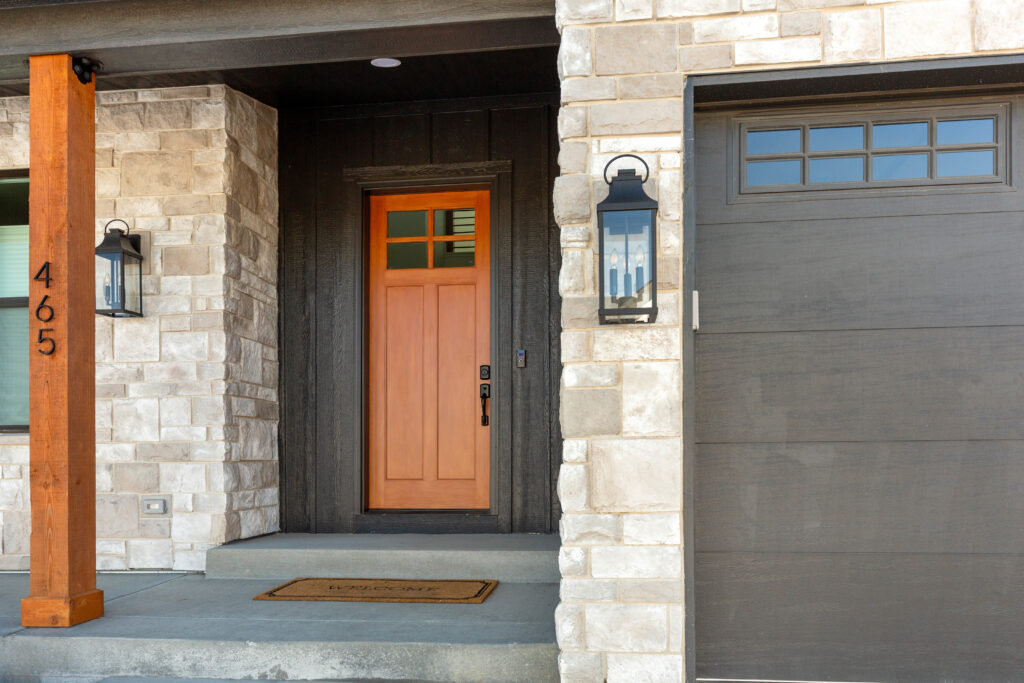Embarking on a historic remodeling project in the scenic state of Colorado, where neighborhoods are drenched in history and charm, is both an exciting and daunting endeavor. The allure of updating a historic home to meet modern standards while preserving its unique character and storied past requires a delicate balance. In this comprehensive guide, we delve into the essentials of navigating the complexities of historic home remodel projects in Colorado.
Understanding the Importance of Historic Remodeling
Historic remodeling goes beyond the mere updating of a home; it’s about preserving a piece of history for future generations while accommodating contemporary living standards. In Colorado, where historic neighborhoods are abundant, each home tells a story of architectural evolution and cultural heritage. A successful remodel respects these narratives, ensuring the house remains a testament to its era even as it evolves. Here are key aspects highlighting the importance of historic remodeling:
Cultural Preservation
Historic remodeling plays a critical role in preserving the cultural heritage and architectural history of a community. By restoring and maintaining older structures, we retain tangible connections to the past, offering insights into the architectural styles, materials, and craftsmanship of earlier periods. This preservation aids in educating current and future generations about their history, fostering a sense of identity, continuity, and place.
Environmental Sustainability
Historic remodeling is inherently sustainable, embodying the principle of “reuse and recycle.” By preserving existing structures, we reduce the demand for new construction materials, thereby decreasing resource extraction and manufacturing processes that contribute to environmental degradation. Additionally, older buildings were often designed with passive heating, cooling, and ventilation strategies tailored to their local climates, offering lessons in sustainable design practices.
Architectural Diversity and Aesthetics
Restoring notable buildings preserves architectural diversity, ensuring that cities maintain a rich tapestry of styles rather than succumbing to monotonous modern development. This diversity enriches the urban landscape, providing character and beauty that enhance the quality of life for residents and visitors alike.
Energy Efficiency and Modernization
While historic buildings may initially seem less energy-efficient than modern structures, historic remodeling offers opportunities to integrate sustainable technologies and modern amenities without compromising architectural integrity. Through sensitive upgrades, such as improved insulation, energy-efficient windows, and modern HVAC systems, older buildings can meet or even exceed the energy performance of newer constructions.
Legal and Financial Incentives
Many regions offer legal protections and financial incentives for historic preservation, recognizing its public benefit. Tax credits, grants, and low-interest loans can make these remodeling projects more feasible for property owners, encouraging the preservation of cultural landmarks.
Beginning a Historic Home Remodel in California
Remodeling a historic home in Colorado—or anywhere, really—requires a thoughtful approach that balances the home’s historical significance with modern living needs. Here’s a structured plan to guide homeowners through the process:
1. Research and Understand the Home’s History
Begin by researching the home’s history, architectural style, and any notable past residents to understand its cultural and historical significance. Check if the house is listed on any historic registers and what regulations may apply. In Colorado, this might involve city, county, or state historic preservation offices.
2. Engage with Local Historic Preservation Authorities
Early in your planning, consult with local preservation boards or commissions. They can guide you on what changes are permissible and may offer advice or resources for your project. Explore any available incentives for preservation, such as tax credits or grants. Colorado offers various incentives that can help offset some costs of restoration and conservation.
3. Plan Your Remodel with Sensitivity to Historic Character
Identify and plan to preserve key architectural features that define the home’s character, such as original woodwork, windows, and façade details. Balance modern necessities, like electrical upgrades or plumbing, with the need to preserve historical materials and appearances. This may involve hiding modern installations or using historically accurate materials and techniques.
4. Assemble a Team Experienced in Historic Remodels
Look for professionals with experience in preservation and a portfolio of similar projects. They can navigate the complexities of these remodels more effectively than those without specific expertise. Certain restoration tasks may require artisans skilled in traditional crafts, such as plasterwork, wood joinery, or stained glass repair.
5. Source Appropriate Materials
Use materials that match or closely resemble the home’s original ones. This might involve sourcing reclaimed materials or having custom replicas made. Consider incorporating sustainable materials and energy-efficient updates that don’t detract from the home’s character.
6. Design for Modern Living
Plan for modern conveniences and energy efficiency in ways that are invisible or minimally intrusive to the home’s fabric. This can include updated insulation, hidden solar panels, or modern HVAC systems designed to be unobtrusive. Design new uses for spaces in ways that respect the original architecture. For example, turning an attic into a bedroom suite or a basement into a family room without altering the historic character of the space.
7. Navigate the Approval Process
Prepare and submit detailed plans to the relevant preservation authorities for approval. This should include materials, colors, and designs for any exterior changes, as well as significant interior modifications. The approval process may require revisions to your plans to better align with preservation guidelines. Remain flexible and open to feedback from the preservation board.
8. Implement and Monitor the Remodel
Throughout the remodel, ensure that work adheres to the approved plans and maintains the high quality required for preservation. Document the remodeling process, including before-and-after photos and details of materials and techniques used. This documentation can be valuable for future preservation efforts and may be required by preservation authorities.
Easton Homes: Remodeling Historic Colorado Homes
Navigating a historic home remodel in Colorado’s storied neighborhoods demands a deep respect for the past coupled with a vision for sustainable, modern living. By carefully planning your project, engaging with local preservationists, and choosing the right materials and artisans, you can ensure your historic home continues to tell its story for generations to come. Whether it’s the challenge of complying with local regulations, the dedication required to preserve historic integrity, or the search for the perfect materials, you can rely on the experienced builders at Easton Homes. Learn more about how we can help you with your remodel in Colorado by scheduling your consultation today.








